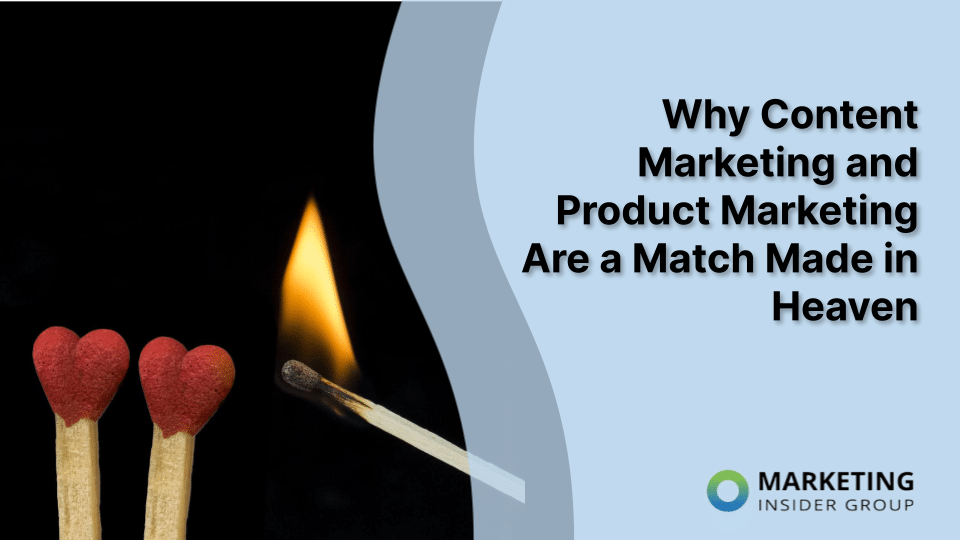
The History of the PDF and Its Marketing Limitations
The PDF (Portable Document Format) was created by Adobe Systems in the early 90s as a way for companies and individuals to efficiently and reliably exchange electronic documents.
Since then, they’ve become an invaluable tool for marketers, businesses, students, designers, teachers – basically everyone – and they’re used for everything from white papers to case studies, to menus and mock ups.
Today there are millions (maybe billions?) of PDFs living on the Internet. The problem: There are some limitations on the content and copy of those PDFs, specifically for marketers.
In this post, we’ll explore the history of the PDF as well as the limitations it faces in a modern context, as well as what’s being done to address those issues.
The History of the PDF
Before the PDF came around, there wasn’t an easy way to make different file formats work together and interpret each other’s files nicely. You had systems like Mac, MS DOS, and Windows – all of which had their own formats. When you tried to open another system’s files – it wasn’t pretty.
To remedy this issue, Adobe’s co-founder John Warnock and a team came together to work on a project they code named “Camelot.”
Leonard Rosenthol, PDF Architect at Adobe, said the goal of of the project was to address “The inability to exchange information between machines, between systems, between users in a way that ensured that the file would look the same everywhere it went.”
What came as a result in 1993: Version 1.0 of Adobe Acrobat, the first software program that could interpret different file formats, which they called “PDFs.”
Now, let’s all pause for a second to think about how much more complicated life would be if you couldn’t send a locked file format that worked seamlessly across devices and systems. Can you imagine the headache?
What’s amazing is that despite the functionality of the new tool, it didn’t take off at first.
Because it was a paid product and thanks to still very slow download times, it would still be a while before the PDF gained traction as a beloved tool in the business and marketing realm – and eventually as a tool for everyone. However, over the next ten years, Adobe continued to improve functionality and features with new plugins and tools.
Today, PDFs are used daily by millions of people around the world.
How PDFs Are Used Today & Continuing Evolution
The modern PDF may be taken a bit for granted, if you think about it. Think of the many ways they touch our lives on a daily basis. We use them to electronically sign documents, to scan paper files into secure, electronic formats, to share high quality files online, and to maintain photos and design integrity.
Long gone are the days where PDFs were solely used in a business context. PDFs are for everyone, and thank goodness for that. However, marketers and businesses do still use PDFs for some of their most important business assets – their sales and marketing materials.
These are the documents they leverage when trying to convert leads, when they’re making sales pitches, when they’re communicating with clients, etc. We see marketing and business PDFs come in the form of:
- Whitepapers
- Case Studies
- eBooks
- Product Comparisons
- Media Kits
- Spec Sheets
And while all of these resources are extremely valuable (and often take considerable time and financial resources to develop) the trouble is: The content and copy that live within them are often locked away from search engines and provide very little data.
When content teams work hard to develop and create these incredible assets that can be used for sales enablement, this is a major downside.
The Limitations of PDFs
Recognizing that our reliance on the PDF format can be overlooked and create limitations for us, we have to ask the question: What do marketers hope to achieve from their PDFs without metrics or analytics to provide any data for benchmarks for success?
We can assume they want easy, informative, versatile content for their users, but also the ability to measure effectiveness, gain leads, and optimize for the web.
Once someone gets past the lead gate of a PDF, what do they do? We have zero idea. Again, since PDFs have no metrics or analytics functionality, it’s hard to say – so we asked some marketers to see what their goals were when they create and launch a PDF.
Danny Margulies, a freelance writer and marketer, said, “I created a simple PDF to attract email signups. So far, I’ve gathered over 1,000 subscribers.”
Ross Simmonds, a content marketer, said his goal for PDFs is twofold: “(1) Deliver value to an audience that could be a potential client or customer and (2) ensure that the value is worth giving an email for. Once I have the email, they’re placed in a marketing automation funnel which is used to get feedback on the resource, nurture the relationship and eventually close a sale.”
Midas Media’s Managing Director, Ed Leake, said, “My team strives to create PDFs that remain in the ‘favorite’ folder–or better still – get printed out and sit on a desk somewhere. The thought of that makes me happy, because I know with time, that goodwill and upfront value will repay us.”
Jacob McMillen, a content strategist, said, “PDFs I send out online are always geared toward email leads for me.”
Copywriter Aaron Orendorff uses PDFs to create lead magnets around some of his most popular content: “Right now, I’m reverse engineering a PDF on my highest ranking Google content,” he said. “Instead of just letting that post collect traffic and hoping my popups grab subscribers, I’m building a special PDF expanding on the key lessons from that piece and will offer it in the introduction and conclusion. Then, I’ll also create Facebook ads driving traffic to it. The goal is pretty simple: continue to build my email list but segment these signups so I can offer them two copywriting products: (1) one-on-one coaching and (2) a video and written course.”
Lead generation and value are clearly some of the forerunners for PDF goals, but in a world where marketers are becoming accustomed to advanced, in-depth metrics for things like page views, shares, time spent on page, etc., it will be interesting to see what the future holds for this content format.
Modern PDFs and The Road Ahead
The PDF is here to stay, that’s for sure. With its utility, ease of use, and widespread adoption, there’s no way we’ll be seeing this file format fade away any time soon.
The question is: What can be done to make the PDF even more valuable than it already is? And what are marketers trying and doing instead of the traditional, static PDF?
We’re already seeing interesting alternatives like microsites, PDFs repurposed into interactive content, explainer videos, and engaging content that produces amazing results – so shouldn’t more marketers be taking note and creating similar types of content?






